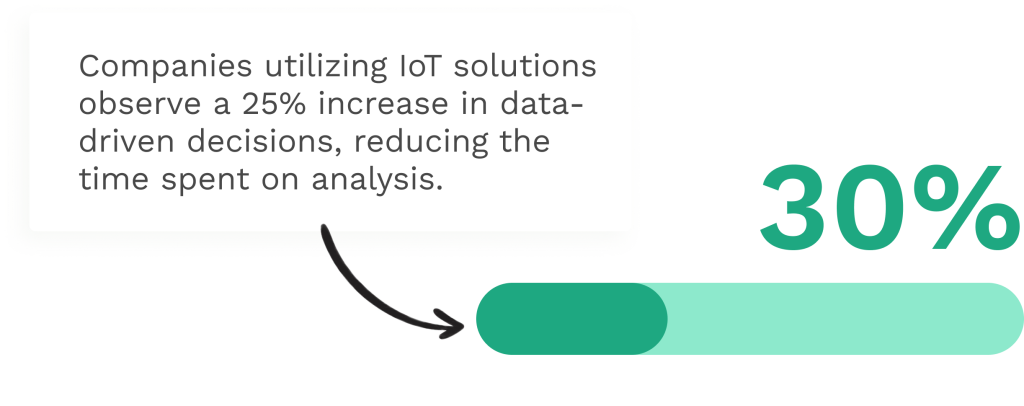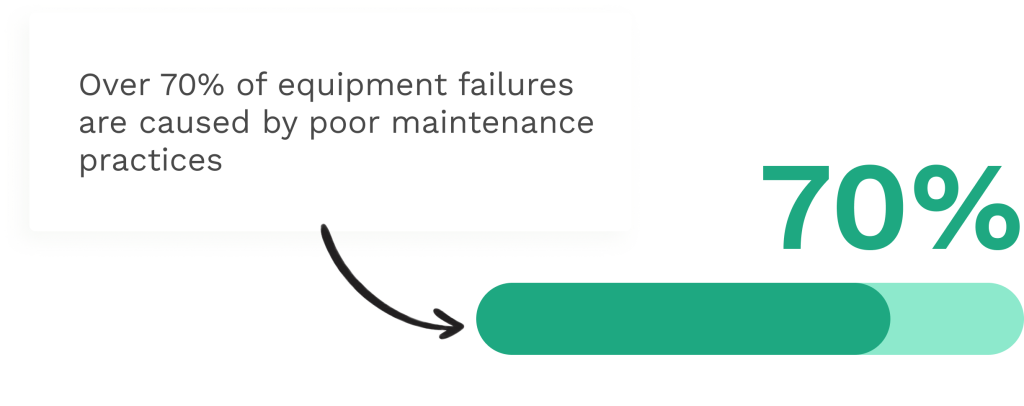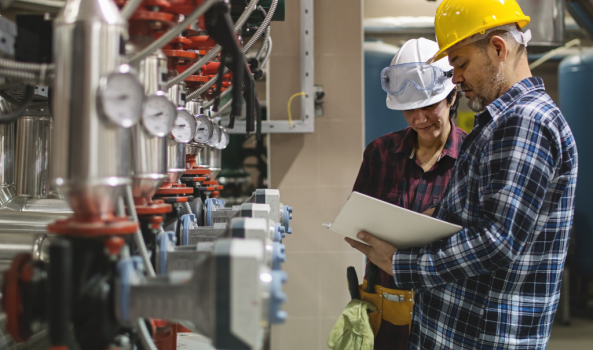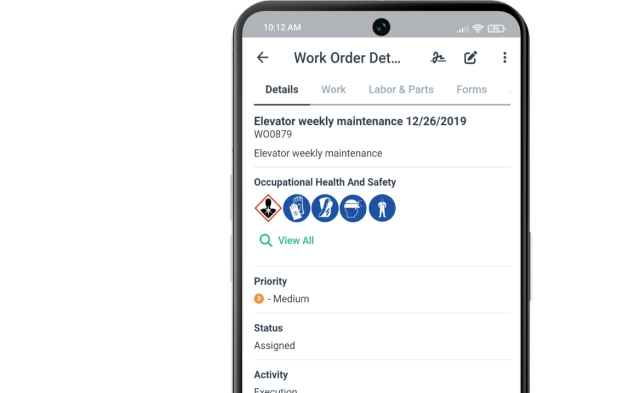Get a Free WorkTrek Demo
Let's show you how WorkTrek can help you optimize your maintenance operation.
Try for freeKey Takeaways:
- 73% of organizations report improved equipment reliability after implementing CMMS solutions
- Companies that use predictive maintenance strategies generally see 25% reduction in maintenance costs
- Poor maintenance planning costs the average manufacturing plant $50,000 per hour of unplanned downtime
There has been an evolution in maintenance management the past few years.
There is also mounting pressure on organizations to maximize operational efficiency. All of this while trying to control their costs.
The key is choosing the right maintenance management tools, which can make the difference between thriving and merely surviving.
If you still use spreadsheets and paper-based systems to manage your maintenance operations, you’re leaving money on the table and putting your assets at risk.
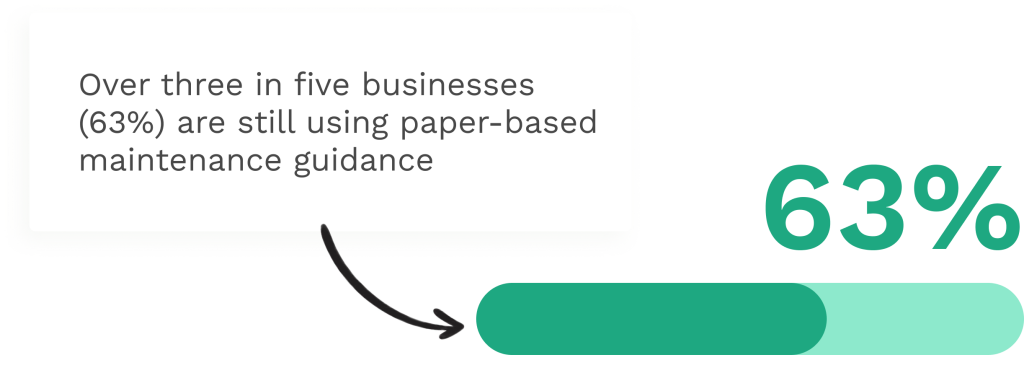
This comprehensive guide will show you exactly what maintenance management tools can do for your organization.
Additionally, it will cover the available types and how to choose the right solution for your needs.
What Are Maintenance Management Tools?
Let’s start with the basics.
Maintenance management is part of the category of software tools designed to organize, automate, and optimize your maintenance operations.
They serve as the central nerve center for everything from tracking maintenance tasks to managing inventory and analyzing equipment performance.
But here’s what some don’t realize: these tools aren’t just digital versions of your paper filing system. They are designed to provide you with tools that will optimize how your maintenance team operates.
They can also help you reduce reactive firefighting.
Instead of guessing when equipment needs attention, these systems provide data-driven insights that prevent failures before they happen.
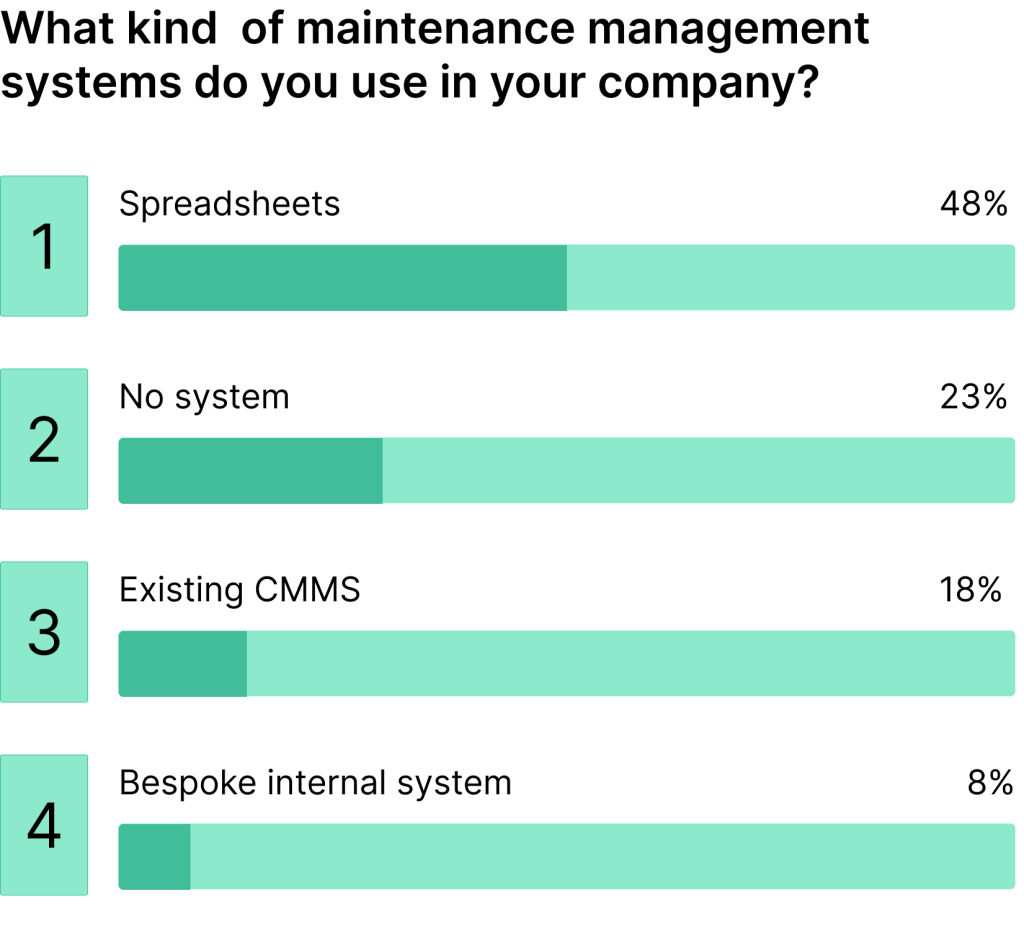
The best systems function as complete maintenance management systems. They have features that integrate various aspects of your operations into unified workflows.
They are also flexible enough to work with all maintenance types, from preventive to reactive maintenance.
Types of Maintenance Management Tools
Computerized Maintenance Management Systems (CMMS)
A CMMS is the backbone of any modern maintenance operation.
These platforms excel at organizing and tracking maintenance activities, managing work orders, and maintaining detailed records. They are also well suited for tracking maintenance tasks, assets and spare parts.
Here’s what makes CMMS solutions so valuable: they can transform chaotic maintenance schedules into organized, automated workflows.
You don’t have to guess about your preventive maintenance; it happens on time, every time, and you get full visibility into the process.
The maintenance team gets clear instructions, required parts lists, and safety procedures for each maintenance activity.
According to a 2024 survey by UpKeep, teams using CMMS platforms report significant improvements, including better visibility into completed work, reduced unplanned downtime, and enhanced team communication.
Additionally, according to a study by Aberdeen Group in 2007, organizations that implement CMMS realize a 32% improvement in operational efficiency.
Why WorkTrek Stands Out Among CMMS Solutions
Not all CMMS platforms are created equal, and WorkTrek demonstrates what a modern maintenance management tool should deliver.
While many competitors focus on cramming features into complex interfaces, WorkTrek takes a different approach: simplicity without sacrificing power.
WorkTrek automates the time-consuming, error-prone tasks that drain your team’s productivity:
- Preventive maintenance scheduling that works with your operations
- Routine work order creation that eliminates administrative overhead
- Task management that keeps everyone on the same page
- Inventory tracking that prevents costly stockouts and overstock situations
- Invoicing that streamlines financial workflows
Here’s where WorkTrek shines: technicians can easily access their upcoming tasks, step-by-step instructions, and issue descriptions directly from their mobile devices.
This means they walk into any job with confidence, armed with everything they need to complete the work correctly the first time.
Meanwhile, maintenance supervisors get real-time visibility into progress, planned versus actual costs, inventory levels, and overall maintenance effectiveness.
This level of transparency empowers you to identify inefficiencies before they become costly problems.
The difference becomes clear when you compare user experiences.
While legacy CMMS solutions often require extensive training and technical support, WorkTrek’s intuitive interface means your team can start seeing benefits immediately. No more miscommunication, wasted time fixing errors, or chasing down missing information.
With tons of pre-built reports and pre-built KPIs, WorkTrek transforms raw maintenance data into actionable insights.
Given the simplicity of the interface, you don’t need an advanced data science degree to understand the results.
Enterprise Asset Management (EAM) Systems
Think of enterprise asset management systems as CMMS that is targeted at very large enterprises.
While CMMS focuses primarily on maintenance activities, EAM systems take a broader view, encompassing the entire lifecycle of assets from acquisition to disposal.
EAM integrates maintenance management with financial planning, procurement, and strategic asset planning.
EAM systems prove particularly valuable for organizations with extensive asset portfolios, such as utilities, transportation companies, and large manufacturing facilities.
For facility managers, EAMs provide facility managers and executives with visibility into asset performance across the entire organization.
EAMs can also integrate with a variety of ERP platforms that can help flow information across different business functions.
Predictive Maintenance Tools: The Game Changers
Here’s where things get really interesting.
Predictive maintenance uses the latest technologies like machine learning and advanced analytics to predict equipment failures before they occur.
How does it work? Predictive maintenance uses data from a number of resources, such as sensor data, maintenance history, and operational patterns.
This data is then used to predict equipment failure.
The results can be staggering. BMW’s Regensburg plant, for example, uses an AI-powered system to monitor conveyor systems during vehicle assembly.
Using this approach, they’ve managed to avoid an average of 500 minutes of production disruption per year.
Important Core Functionalities
Work Order Management That Works
Work order management is the backbone of any successful maintenance management system.
The best systems provide mobile access, enabling maintenance crews to receive assignments, update work status, and report completion directly from the field.
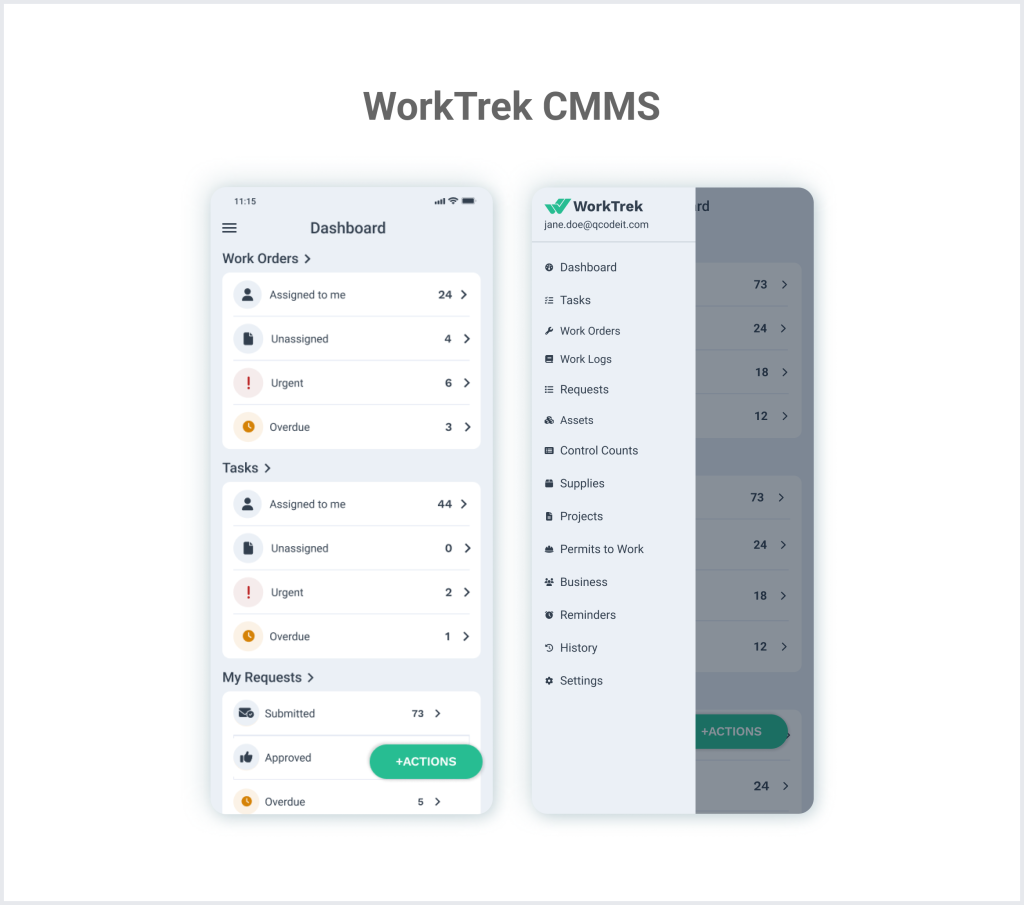
This real-time communication can reduce delays and provide visibility to maintenance managers.
But here’s the kicker: modern work order systems include automated work order generation based on preventive maintenance schedules, equipment conditions, or operational triggers.
With this automation, you can ensure that critical maintenance tasks are not overlooked.
Asset Management and Tracking
Comprehensive asset management capabilities enable organizations to maintain detailed records of all equipment.
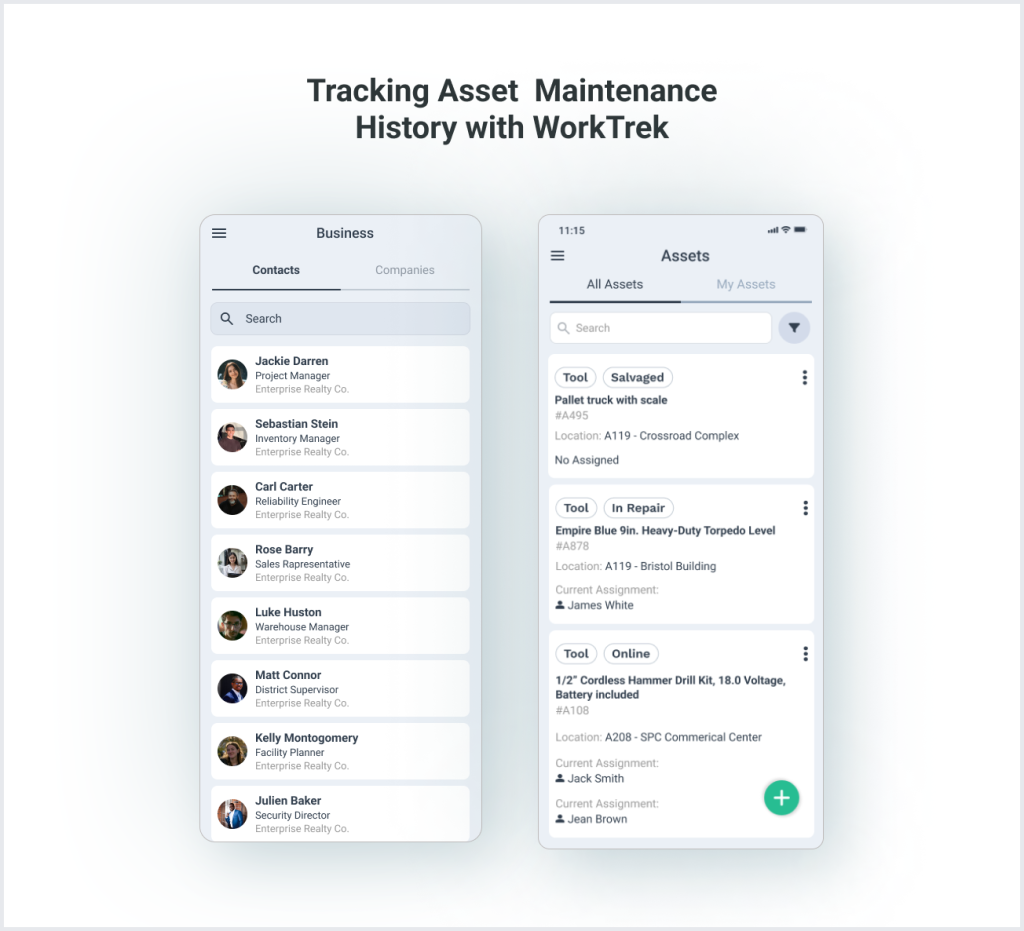
This includes specifications, maintenance history, warranty information, and performance data.
Modern asset tracking features often include barcode or QR code capabilities, allowing maintenance teams to access asset information quickly using mobile devices.
Some advanced systems can Internet of Things (IoT) sensors to provide real-time monitoring of equipment conditions and performance metrics.
The goal is to support reliability-centered maintenance approaches by analyzing historical data to identify optimal maintenance intervals.
Preventive Maintenance Scheduling
Here’s where automation really shines.
Automated preventive maintenance scheduling generates maintenance schedules based on time intervals, usage metrics, or equipment conditions.
This ensures that there is consistency when executing proactive maintenance.
This level of flexibility allows organizations to implement maintenance strategies that align with their specific operational requirements.
With advanced scheduling, you can coordinate maintenance activities with production schedules, minimizing the impact on operations.
Inventory Management Integration
Nothing kills maintenance efficiency faster than not having the right parts when you need them.
Spare parts management and inventory management ensure that maintenance teams have access to the parts and materials when needed.
Modern maintenance management, like WorkTrek, can automatically generate purchase orders when inventory levels drop below predetermined thresholds, preventing stockouts.
By integrating with procurement systems, you can get visibility into inventory cost and usage patterns.
This information helps maintenance managers optimize inventory levels, reducing carrying costs while ensuring the availability of critical spare parts.
Some advanced systems include predictive inventory features that analyze maintenance schedules and historical usage patterns to recommend optimal inventory levels for different parts and materials.
Reporting and Analytics That Drive Decisions
Data without insights is just noise.
Reporting and analytics capabilities transform maintenance data into actionable insights. You can use this data to drive continuous improvement in maintenance operations.
Modern maintenance management tools provide pre-built reports covering key performance indicators such as equipment availability, maintenance costs per asset, and mean time between failures.
Advanced analytics features enable maintenance managers to identify trends, benchmark performance against industry standards, and quantify the impact of different maintenance strategies. This data-driven approach supports evidence-based decision making and helps justify maintenance program investments.
Why Maintenance Management Tools Are No Longer Optional
Operational Efficiency That You Can Measure
By implementing a comprehensive maintenance management system, your organization will experience significant improvements in operational efficiency. Real-world data backs this up.
According to a 2024 survey by MaintainX, 64.4% of plants allocate between 5% and 20% of their annual operating budget to maintenance.
Nearly 20% of facilities dedicate over 20% of their budget to these activities.
With automated workflows, maintenance tasks follow consistent procedures. This can reduce variability and improve the quality of maintenance work.
This approach can also help with knowledge transfer and training, making it easier to onboard new maintenance team members.
As a maintenance manager, you will appreciate the visibility provided by maintenance management tools.
The Real Cost of Poor Maintenance Management
Let’s talk about what happens when you don’t have proper maintenance management tools in place.
According to Siemens’ True Cost of Downtime report, one hour of downtime at a large automotive plant can cost up to $2.3 million. That’s not a typo—$2.3 million per hour.
The city of San Diego learned this lesson the hard way.
They delayed hundreds of maintenance projects, including roof patches and basic repairs to HVAC systems, to save money.
The result was that deferred maintenance costs ballooned to $1 billion in 2024.
This is a perfect example of how using the right maintenance management strategies can deliver significant cost savings for your organization.
Enhanced Equipment Performance
Implementing a consistent preventive maintenance strategy, paired with automated scheduling and tracking, results in improved equipment performance and reduced failure rates.
This enhanced reliability translates directly into increased equipment availability and reduced unplanned downtime.
But here’s what’s really exciting: predictive maintenance strategies enabled by advanced maintenance management tools can identify potential issues before they cause equipment failures.
This allows maintenance teams to address problems during planned maintenance windows rather than dealing with emergencies and reactive maintenance.
Another benefit is the comprehensive maintenance history maintained by these systems. Using that data organizations can support better troubleshooting of issues when they occur.
This can lead to reduced repair times and lower maintenance costs.
How to Choose the Right Maintenance Management Tools
Start by Assessing Your Current Reality
Before you get excited about all the bells and whistles available in modern maintenance management tools, take a step back and honestly assess where you are today.
Do you have primarily reactive maintenance approaches? You might benefit from starting with basic CMMS functionality before advancing to more sophisticated predictive maintenance strategies.
Do you have a mature preventive maintenance program in place? You might need a feature-rich CMMS platform like WorkTrek.
Budget considerations should include software licensing costs, training, and ongoing support needs.
Remember: the most expensive solution isn’t always the best fit, but underinvesting in maintenance management tools can limit their effectiveness and return on investment.
Integration: Don’t Create New Silos
Modern maintenance management systems should integrate seamlessly with existing systems like ERP platforms, financial systems, and operational databases.
This type of integration can eliminate data silos and ensure that maintenance information flows efficiently throughout the organization.
Cloud-based solutions often provide better integration capabilities and scalability compared to on-premises systems. However, if you are looking for a CMMS product that is cloud-enabled, but can also be configured to run on-premise then consider WorkTrek.
Of course, a lot of this depends on your organization’s security requirements.
Mobile compatibility has is key for maintenance management tools.
Your maintenance crews need access to work orders, asset information, and documentation while working in the field.
Evaluate the mobile capabilities of different solutions to ensure they support your team’s workflow requirements.
Implementation: Where Most Projects Fail or Succeed
Like any maintenance program, the successful implementation of maintenance management tools requires careful planning, adequate training, and ongoing support.
Consider the change management requirements associated with different solutions, particularly if your organization is transitioning from paper-based or highly manual processes.
Consider this critical point that many organizations miss: the best maintenance management software providers offer comprehensive training programs, implementation support, and ongoing customer service, regardless of the number of seats you’ve purchased.
Evaluate the quality and availability of these services when comparing different solutions.
Consider starting with pilot implementations that allow your team to gain experience with new tools before rolling them out organization-wide. This approach reduces implementation risks while providing opportunities to refine processes.
Future Trends: What’s Coming Next
Artificial Intelligence and Machine Learning
Artificial intelligence and machine learning technologies are increasingly being integrated into maintenance management systems. This enables sophisticated predictive maintenance strategies and automated decision-making capabilities.
These technologies can analyze vast amounts of sensor data, maintenance history, and operational information to identify patterns that human analysts might miss.
This capability supports more accurate prediction of equipment failures and optimization of maintenance schedules.
The market is responding accordingly. The global market for maintenance, repair, and operations (MRO) automation solutions is projected to grow by USD 60.91 billion between 2024 and 2029, at a compound annual growth rate of 9.8%.
Natural language processing capabilities are also being incorporated into maintenance management tools, allowing users to interact with systems using conversational interfaces.
Internet of Things Integration
The proliferation of IoT sensors and connected equipment is providing maintenance management systems with unprecedented amounts of real-time operational data.
This information enables condition-based maintenance that can respond to actual equipment conditions without the need for manual inspections.
IoT integration can also support remote monitoring capabilities that can detect potential issues before they impact operations. This enables maintenance teams to respond quickly to equipment failure.
As IoT technology continues to mature and costs decrease, integration with maintenance management systems will become standard practice rather than an advanced feature.
Measuring Success: KPIs That Matter
Track What Moves the Needle
Effective measurement of maintenance management tool success requires tracking relevant key performance indicators that align with your organization’s objectives.
Here are the KPIs that actually matter:
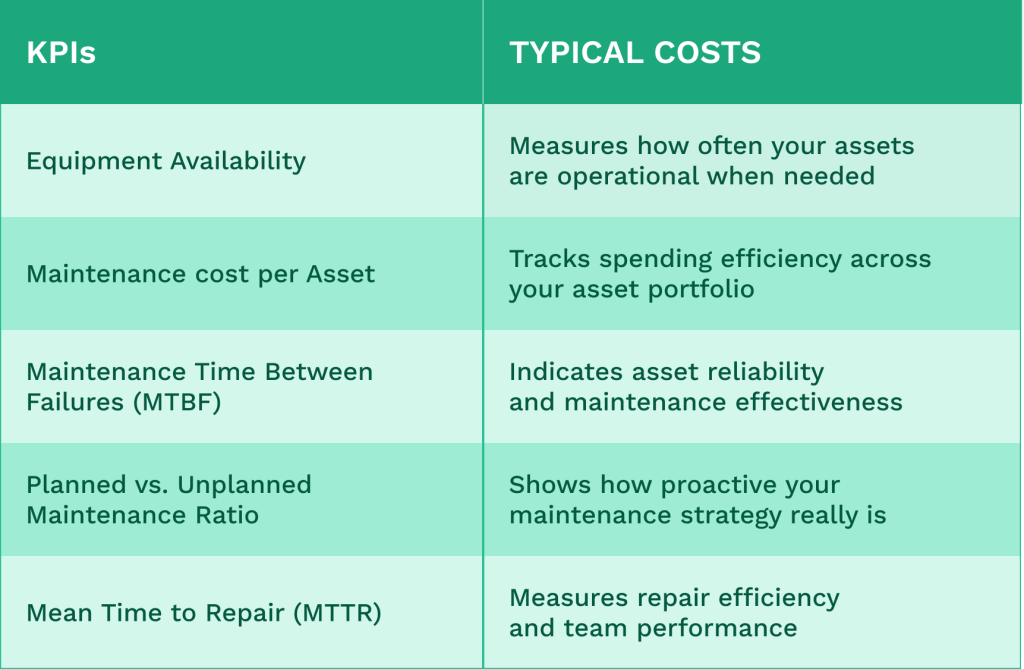
Create baseline measurements before implementing new tools to enable accurate assessment of improvements.
Regular monitoring and reporting help identify trends and opportunities for further optimization.
Consider both leading indicators (such as preventive maintenance compliance) and lagging indicators (such as equipment failures) to provide a comprehensive view of maintenance performance.
Continuous Improvement: The Long Game
Maintenance management tools provide the data foundation necessary for continuous improvement initiatives, but only if you use that data.
With regular analysis of system data, you can identify opportunities to optimize maintenance strategies. This can help improve resource allocation and enhance overall effectiveness.
Encourage feedback from maintenance teams about system functionality and workflow efficiency. User input often identifies practical improvements that can significantly enhance system value and adoption.
Stay informed about new features and capabilities offered by your maintenance management system provider. Regular system updates and feature additions can provide new opportunities for improvement without requiring system replacement.
Common Mistakes to Avoid
Thinking Any System Will Do
Not all maintenance management tools are created equal, and choosing the wrong one can set your organization back years.
Some organizations make the mistake of selecting systems based purely on price, only to discover that the cheapest option lacks critical functionality or integration capabilities they need.
Others choose overly complex systems that overwhelm their teams or require extensive customization that delays implementation and inflates costs.
Find the right balance for a successful implementation.
Underestimating Change Management
Technology is only as good as the people using it.
Organizations that focus exclusively on technical features while ignoring change management often struggle with low adoption rates and poor return on investment.
Successful implementation requires buy-in from maintenance teams, adequate training, and ongoing support. Rushed implementations that skip these elements frequently fail to deliver expected benefits.
Neglecting Data Quality
Even the most sophisticated maintenance management system can’t deliver value if it’s fed poor-quality data.
Organizations that migrate incomplete or inaccurate asset records, maintenance history, or inventory data often struggle to realize the full benefits of their new systems.
Investing time in data cleanup before implementation pays dividends in system performance and user adoption.
Conclusion
As this article has highlighted, maintenance management tools have evolved from simple record-keeping systems to strategic platforms that enable data-driven asset management.
The right combination of technology, processes, and training can transform maintenance operations from cost centers into value-creating functions that support broader organizational objectives.
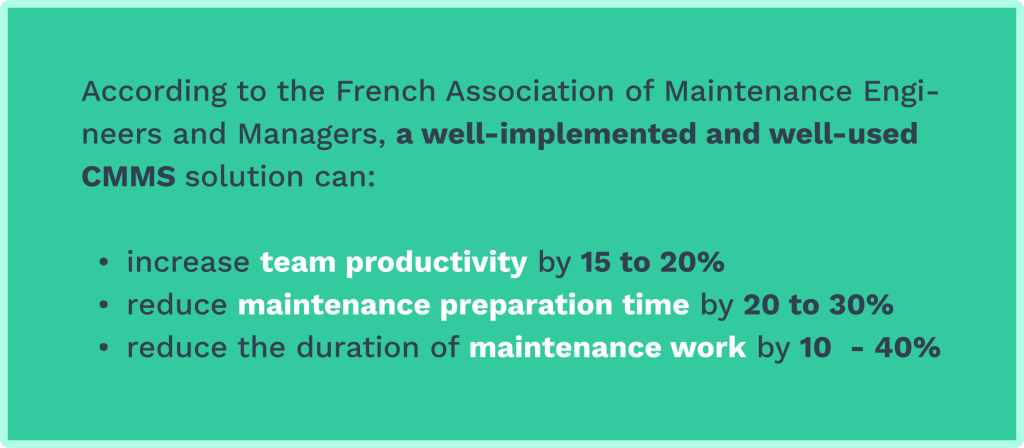
But here’s the reality: success with maintenance management tools requires more than just buying software. It requires careful selection, thorough implementation, and ongoing commitment to continuous improvement.
The data is clear, the tools are proven, and the benefits are measurable. The question isn’t whether you should implement a maintenance management tool; it’s how quickly you can get started and how effectively you can execute the transition.
As technology continues to advance, with the advent of AI and Machine Learning, maintenance management tools will become even more powerful and essential for competitive operations.
Organizations that establish strong foundations now will be well-positioned to take advantage of emerging capabilities and maintain their competitive advantages.
The tools are ready. The question is: are you?





